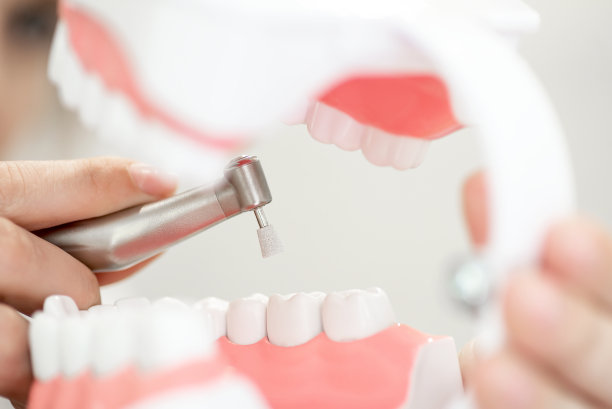Essential Considerations and Precautions to Ensure a Successful Dental Filling Experience for Patients
Summary: Dental fillings are essential for treating cavities and maintaining oral health. This article explores key considerations and precautions patients should keep in mind for a successful dental filling experience. It covers the importance of selecting the right dentist, understanding the filling materials, preparing for the procedure, and post-procedure care. By following these guidelines, patients can enhance their experience and ensure the longevity of their dental fillings.
1. Choosing the Right Dentist for Your Needs

One of the most crucial steps to ensure a successful dental filling experience is selecting the right dentist. Patients should research potential dentists in their area, looking for credentials, experience, and patient reviews. It is essential to choose a dentist who specializes in restorative procedures and has a reputation for excellent patient care.
Another critical factor is the environment of the dental practice. A welcoming and professional atmosphere can significantly impact a patient鈥檚 comfort level. Visiting the practice beforehand can help assess factors such as cleanliness, staff friendliness, and the overall ambiance, which can all contribute to a positive experience.
Finally, patients should feel comfortable communicating openly with their dentist. Establishing a good rapport and feeling at ease allows patients to discuss their concerns or preferences regarding their treatment, ensuring that their needs are considered throughout the dental filling process.
2. Understanding Dental Filling Materials
Dental fillings come in various materials, each with distinct advantages and disadvantages. Common options include amalgam, composite resin, ceramic, and gold. Patients should familiarize themselves with these materials to make an informed decision that aligns with their dental needs and aesthetic preferences.
Amalgam fillings, known for their durability, are often recommended for back teeth due to their strength, but they are not as aesthetically pleasing. On the other hand, composite resin fillings offer a more natural appearance and blend seamlessly with existing teeth but may not be as long-lasting as amalgam. Understanding these options enables patients to weigh their priorities in terms of cost, aesthetics, and longevity.
Moreover, discussing filling material with the dentist is crucial. The dentist can provide personalized recommendations based on factors such as the cavity鈥檚 location, the patient鈥檚 dental health, and any allergies or sensitivities. Being well-informed allows patients to participate actively in their treatment decisions.
3. Preparing for Your Dental Filling Appointment
Proper preparation for a dental filling appointment can alleviate anxiety and streamline the process. Patients should ensure they have a thorough understanding of what to expect during the procedure. This includes discussing any concerns with the dentist beforehand, as well as clarifying the sedation options available to manage discomfort.
It is also advisable for patients to establish a reliable means of transportation for the day of the appointment. Depending on the type of anesthesia used, some patients may feel groggy or unwell after the filling, making it necessary to have someone available to drive them home safely.
Additionally, maintaining a good oral hygiene routine in the days leading up to the appointment can help ensure the affected area is clean and healthy, reducing the risk of complications during the procedure. Simple practices like brushing, flossing, and possibly using an antibacterial mouthwash can enhance the overall success of the filling experience.
4. Post-Procedure Care for Longevity
Following the dental filling, patients play a vital role in ensuring that the filling lasts as long as possible. This includes adhering to any post-procedure instructions provided by the dentist, which may include waiting for a certain period before eating or drinking. It is essential to follow these guidelines to prevent damage to the new filling.
Maintaining a robust oral hygiene regimen post-filling is also critical. Patients should continue to brush and floss regularly, paying extra attention to the filled tooth to prevent further decay or gum issues. Using a fluoride toothpaste can additionally help strengthen tooth enamel around the filling site.
Finally, regular dental check-ups should be prioritized to monitor the condition of fillings and overall oral health. These visits allow dentists to identify any potential issues early, thus extending the lifespan of dental fillings and maintaining oral health.
Summary:
In conclusion, ensuring a successful dental filling experience involves careful consideration in selecting the right dentist, understanding various filling materials, proper preparation for the appointment, and diligent post-procedure care. By paying attention to these elements, patients can enhance their dental filling experience and promote long-term oral health.
This article is compiled by Vickong Dental and the content is for reference only.



